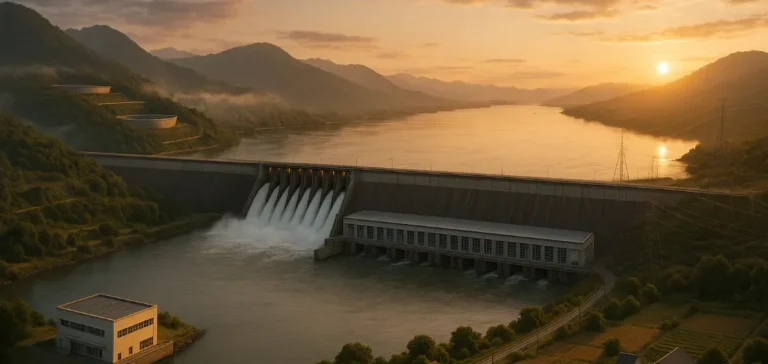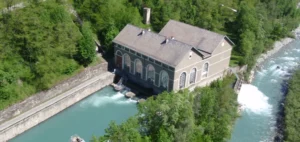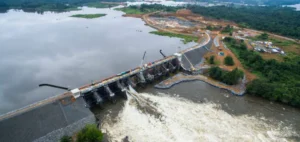Growth in the global hydropower plants market is accelerating, driven by increasing demand for renewable energy sources and growing governmental interest in these installations. According to an analysis published by Meticulous Research®, the sector is expected to experience a Compound Annual Growth Rate (CAGR) of 3% between 2025 and 2032, reaching an estimated value of USD 318.3 billion. This growth is bolstered by the emergence of micro-hydropower plants, favored for their low maintenance costs and ease of equipment replacement. Traditional energy companies and specialized players are intensifying their investments, banking on the stability and reliability offered by hydroelectric systems.
Emerging Technologies and Promising Segments
The technical solutions segment, encompassing electromechanical and hydraulic equipment as well as electrical and civil infrastructure, is experiencing strong growth. This is primarily due to a significant rise in demand for turbines and generators tailored to local hydropower conditions. Adoption of advanced plant control systems and predictive maintenance also contributes to this technological expansion, providing operators with improved performance while reducing operational costs. This evolution is accompanied by the increasing importance of small hydropower plants, essential for meeting rural electrification needs.
Within this context, pumped storage power plants represent the fastest-growing segment due to their proven large-scale energy storage capabilities. These facilities play a crucial role in grid stability, particularly in frequency regulation and balancing, responding within seconds to demand changes. This technical potential attracts substantial financing, enabling operators to consider these long-term projects despite high initial costs.
Economic Challenges and Regulatory Barriers
High initial costs remain a major obstacle to the expansion of the hydropower plants market, significantly impacting emerging economies and smaller operators. These costs often require complex financing arrangements involving multiple economic and institutional players over extended periods. Alongside financial hurdles, strict environmental constraints and complex regulatory processes frequently slow project implementation. Cross-border water resource management also poses notable challenges, potentially causing international tensions or substantial delays in hydroelectric project execution.
Climate variability introduces additional complications by directly affecting the availability of water resources essential for optimal plant operation. Consequently, considering climate-related risks becomes a critical step in project planning, necessitating meticulous preparations to ensure long-term viability. This environmental requirement encourages companies to adopt a careful and detailed approach, balancing economic imperatives with sustainable management of natural resources.
Regional Leadership and Asian Dynamics
The Asia-Pacific region is establishing itself as the undisputed leader of the market, driven by rapid industrialization and massive investments in energy infrastructure. This regional dominance relies primarily on strong local government commitments to renewable energy and the development of numerous large-scale hydropower projects. Countries such as China, India, and Japan are actively investing in small-scale installations, contributing significantly to the electrification of rural regions.
This dynamic also benefits from increasingly competitive hydroelectric production costs, making projects economically attractive. The region is witnessing the emergence of various initiatives supported by public programs aimed at strengthening access to reliable and consistent energy, particularly for critical infrastructure and developing areas. These initiatives create a conducive environment for sustainable sector growth, effectively addressing the rising demand for clean energy within a dynamic economic context.






















